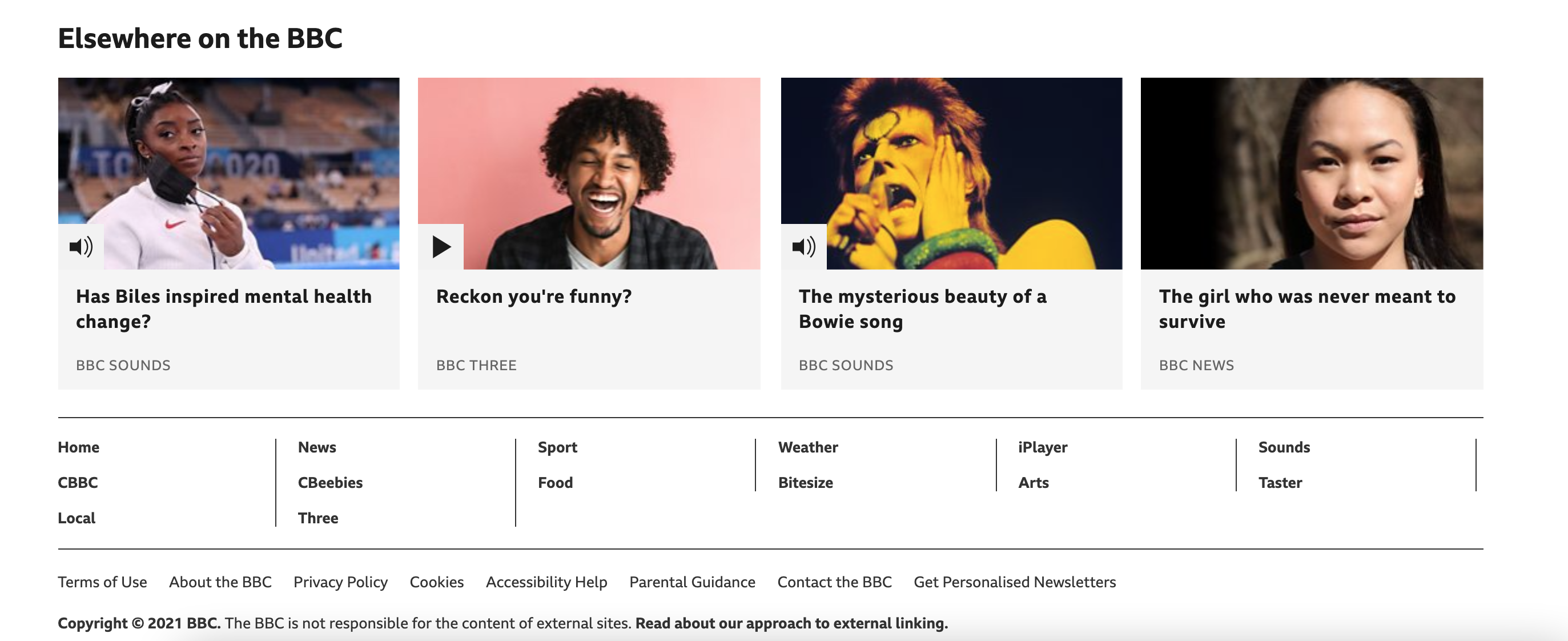Adjusting your risk percentage per trade after being stopped out can be a strategic move, depending on your overall risk management plan and market conditions. Here are several factors to consider:
Assessment of Market Conditions: Consider whether the current market conditions are more volatile or uncertain than usual. If this is the case, reducing your risk percentage could be prudent until stability returns.
Emotional and Psychological Factors: Being stopped out can be emotionally challenging. If you find your confidence shaken or stress levels elevated, reducing your risk can help maintain a clear mindset, allowing you to trade without the added pressure of potential significant losses.
Review of Strategy: Use the stop out as an opportunity to review your trading strategy. Determine if the stop out was due to a lack of robustness in your trading plan or simply an inevitable market fluctuation. If your strategy remains sound, you might maintain your risk level. However, if flaws are identified, reducing risk can provide a buffer while adjustments are made.
Account Size and Drawdown Limits: Assess your current drawdown in relation to your total account equity. If you’ve experienced significant losses recently, reducing your risk percentage is a way to protect your capital and give yourself room to recover.
Confidence in the Trade Setup: If the new trade setup is not as robust or if the market conditions have changed, reducing your risk could be the more risk-averse approach.
In conclusion, while it’s not always necessary to automatically reduce your risk per trade after being stopped out, doing so can be beneficial under certain conditions. It’s critical to balance maintaining a consistent trading plan with adapting to market conditions and personal circumstances. Always ensure that any decision to adjust risk is part of a well-considered and strategic approach rather than a reactionary measure.

No responses yet